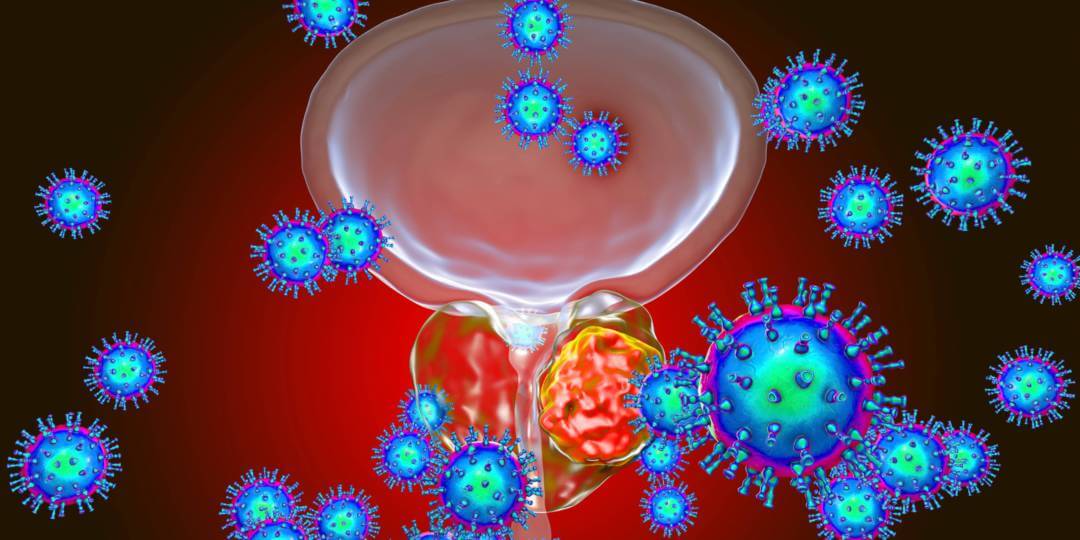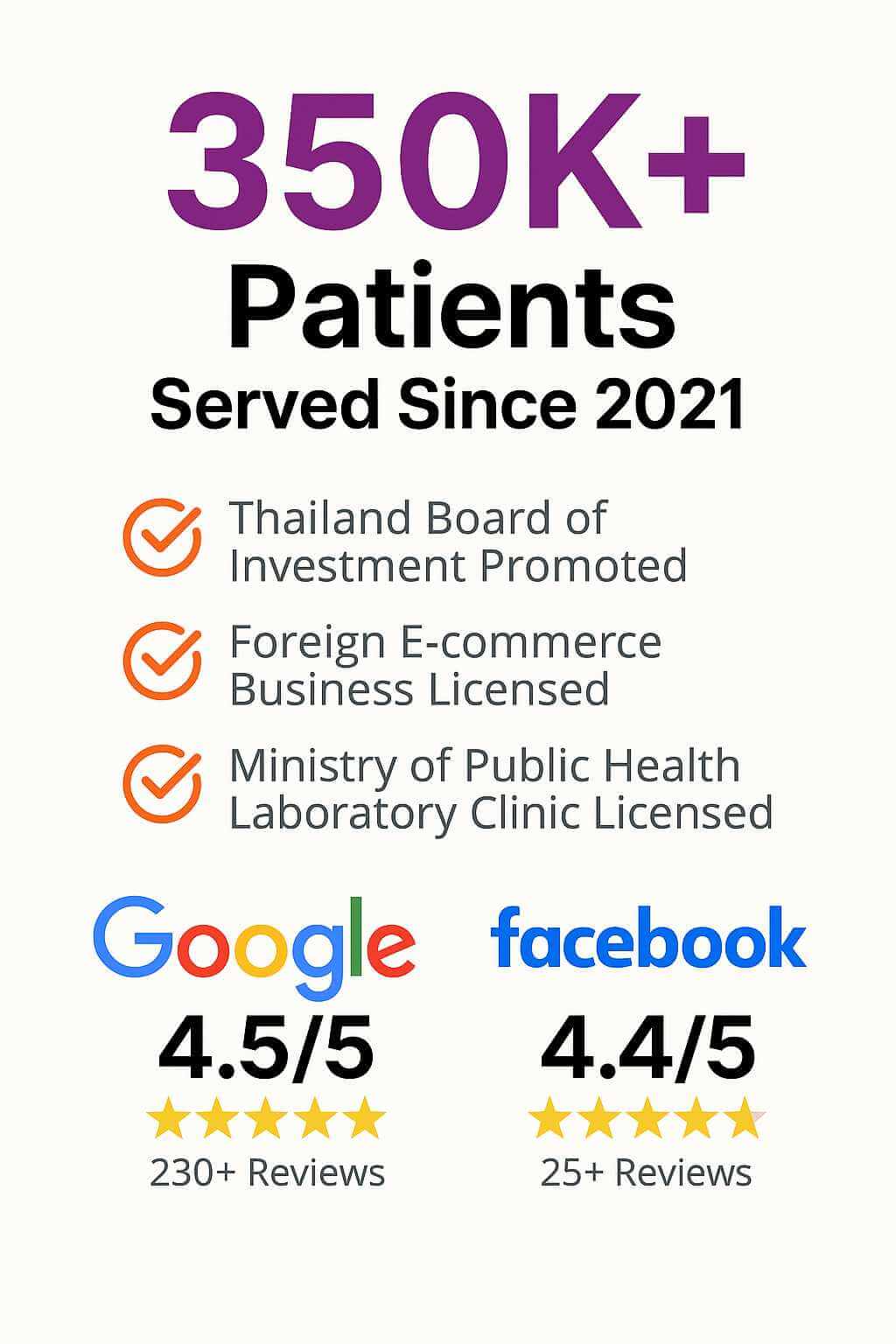
Mental health check-ups are just as important as physical ones, here is why
When we think about health check-ups, most of us picture blood tests, blood pressure readings, and physical examinations. These are important —
Experience MedEx Seamless Care Delivery — 10% OFF on Your First Appointment - Use 'TRYMEDEX' Coupon Code on Checkout


Human Papillomavirus (HPV) is a common sexually transmitted infection that can lead to various health complications, including genital warts and certain cancers. The HPV vaccine is a crucial preventive measure aimed at reducing the spread of HPV infections and preventing associated diseases. Unraveling the Origins of HPV Human Papillomavirus HPV is primarily transmitted through sexual […]

MedEx is a one-stop destination when it comes to medical tourism and digital specialized health care services. MedEx serves as a connector between patients and trusted world-class health service providers.

Human Papillomavirus (HPV) is a common sexually transmitted infection that can lead to various health complications, including genital warts and certain cancers. The HPV vaccine is a crucial preventive measure aimed at reducing the spread of HPV infections and preventing associated diseases.
Table of Contents
ToggleHuman Papillomavirus HPV is primarily transmitted through sexual contact, including vaginal, anal, and oral sex. It thrives in moist, mucous membrane areas of the body, such as the genital and anal regions. With over 100 different types of HPV identified, some strains are considered low-risk, causing benign warts, while others are high-risk, leading to various cancers, including cervical, anal, and oropharyngeal cancer.
High-risk HPV strains, such as HPV 16 and 18, are notorious for their association with cancer development. Cervical cancer is closely linked to HPV infection, with nearly all cases of cervical cancer attributed to HPV. These strains have the ability to integrate their DNA into the host cell’s genome, disrupting cellular processes and potentially leading to malignant transformation. Cervical cancer, in particular, is strongly linked to persistent infection with high-risk HPV types. Regular Pap smears and HPV tests are essential for early detection, offering the chance for prompt treatment and improved outcomes

High-risk HPV strains, such as HPV 16 and 18, are linked to cancer. Cervical cancer, in particular, is strongly associated with HPV infection, with almost all cases of cervical cancer caused by HPV. These strains can integrate their genetic material into the host cell’s genome, disrupting cellular processes and potentially leading to cancer.
Vaccination is the most effective method for preventing HPV-related cancers. It works by stimulating the body’s immune system to produce antibodies that can prevent infection with the most common cancer-causing strains of HPV. The HPV vaccine is recommended for both males and females, ideally before they become sexually active. The Centers for Disease Control and Prevention (CDC) recommends routine vaccination for adolescents aged 11-12 years, with catch-up vaccination for individuals up to age 26 who have not previously been vaccinated.
The number of doses required depends on age and vaccination history. Those under 15 years old typically need two doses, spaced six to twelve months apart. Those aged 15 and above are advised to have three doses, with the second dose given one to two months after the first and the final dose given six months after the first.
Types of HPV Vaccines
There are several types of HPV vaccines available, including Gardasil, Gardasil 9, and Cervarix. These vaccines target different strains of HPV and provide protection against the most common cancer-causing types.
Gardasil
Gardasil is a quadrivalent vaccine that protects against HPV types 6, 11, 16, and 18. It is approved for use in both males and females and is typically administered in three doses over a six-month period.
Gardasil 9
Gardasil 9 is an updated version of Gardasil that provides protection against nine HPV strains, including the four covered by the original vaccine plus five additional high-risk types. It offers broader protection against HPV-related cancers and is also administered in three doses.
Cervarix
Cervarix is a bivalent vaccine that targets HPV types 16 and 18, the two strains most commonly associated with cervical cancer. It is primarily used in females and is administered in three doses over a six-month period.
Treatment options for HPV depend on the type and manifestation of the virus. Topical remedies can be used for external warts, while surgical interventions may be necessary for precancerous lesions. Treatment for HPV-related cancers varies depending on the type and stage of cancer. Options may include surgery, chemotherapy, radiation therapy, or a combination of treatments. Early diagnosis often results in less invasive treatments and better outcomes.
In conclusion, the HPV vaccine is a safe and effective method for preventing HPV infection and the serious health complications that can result from it, including cancer. Vaccination, regular screening, and safe sex practices are essential components of comprehensive HPV cancer prevention strategies.By understanding the relationship between HPV and cancer and taking proactive steps, individuals can protect their health and well-being.

When we think about health check-ups, most of us picture blood tests, blood pressure readings, and physical examinations. These are important —

When your doctor orders “routine blood work,” you may later receive a sheet filled with numbers, abbreviations, and reference ranges. For many

What exams to expect at every life stage – from your 20s to your 70s and beyond At MedEx, we believe in
Find quality services, specialists, procedures and more from the comfort of your home. All you need to do is enter a keyword or phrase describing what you are looking for.
DOWNLOAD MEDEX ONE APP
MedEx decentralizes the care continuum as a one-stop care navigation concierge, transforming the care delivery model through its Pan-Asia provider aggregation platform, primary satellite clinics, telemedicine services, and at-home health care solutions.







MedEx connects you with world-class health care providers across borders, makes medical travel simple, low-cost and transparent and offers premium primary care.


© 2020-25 MedEx Ventures Co., Ltd.
